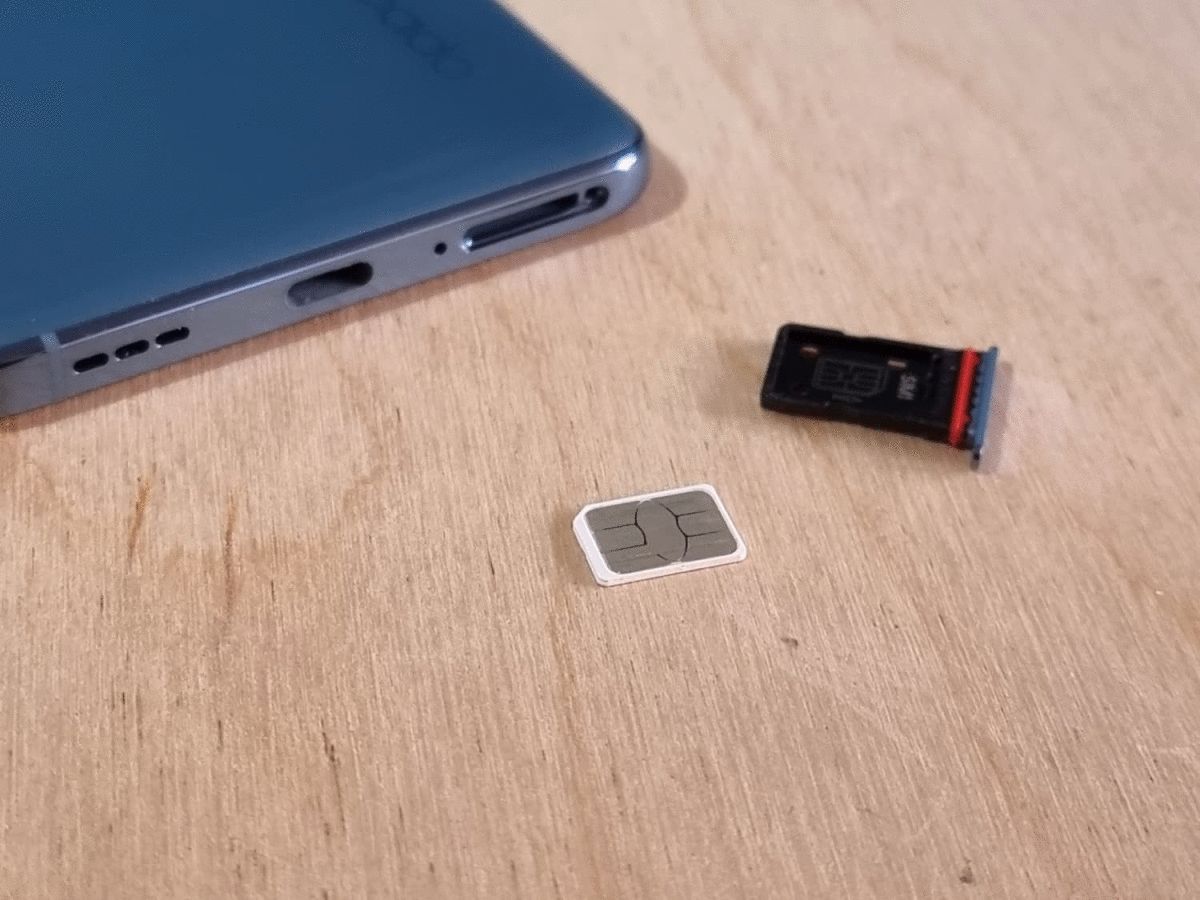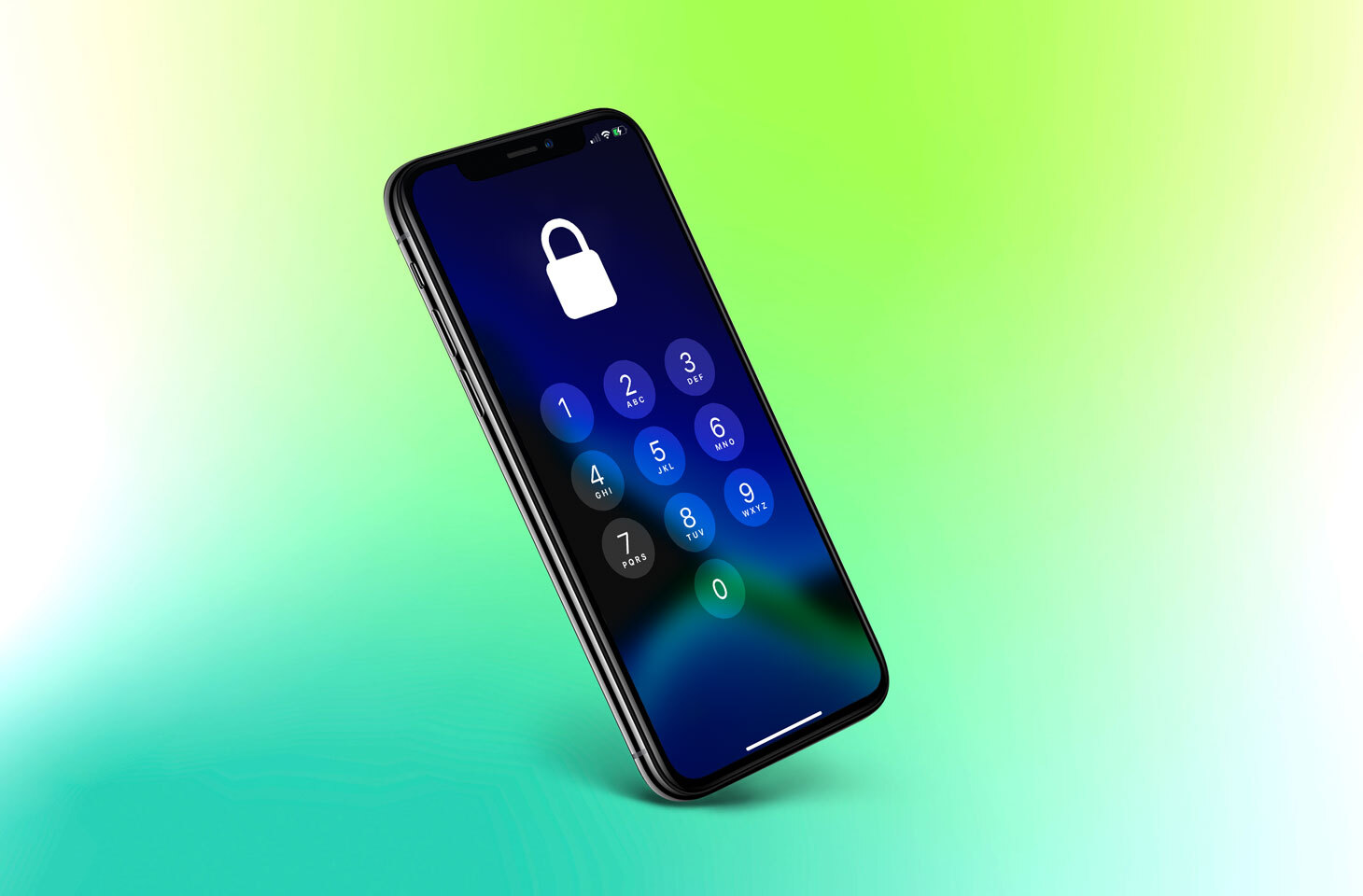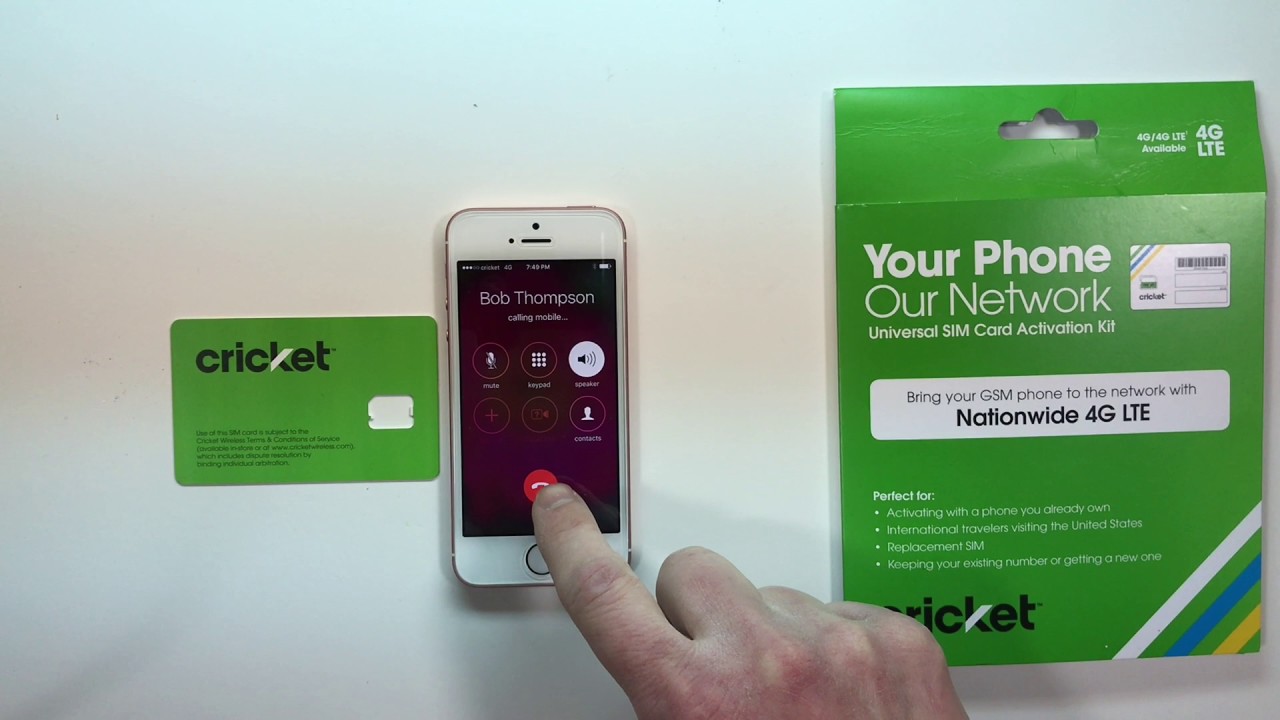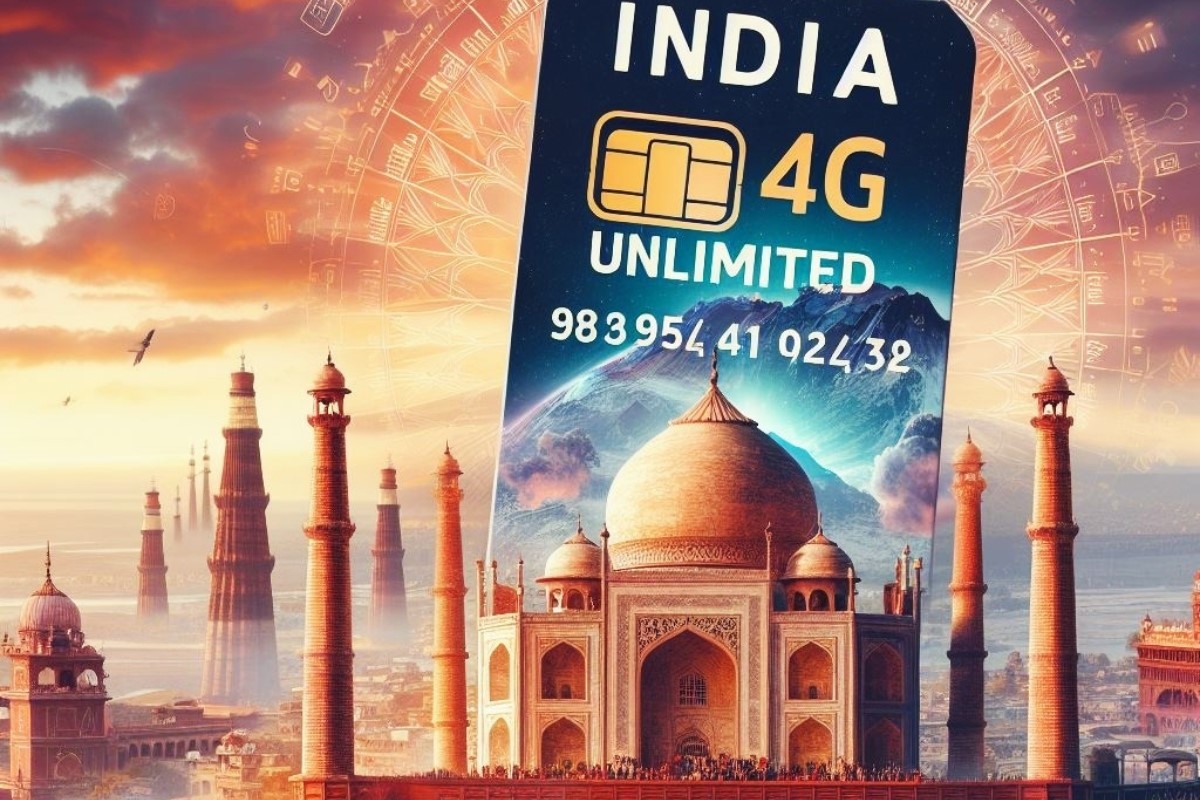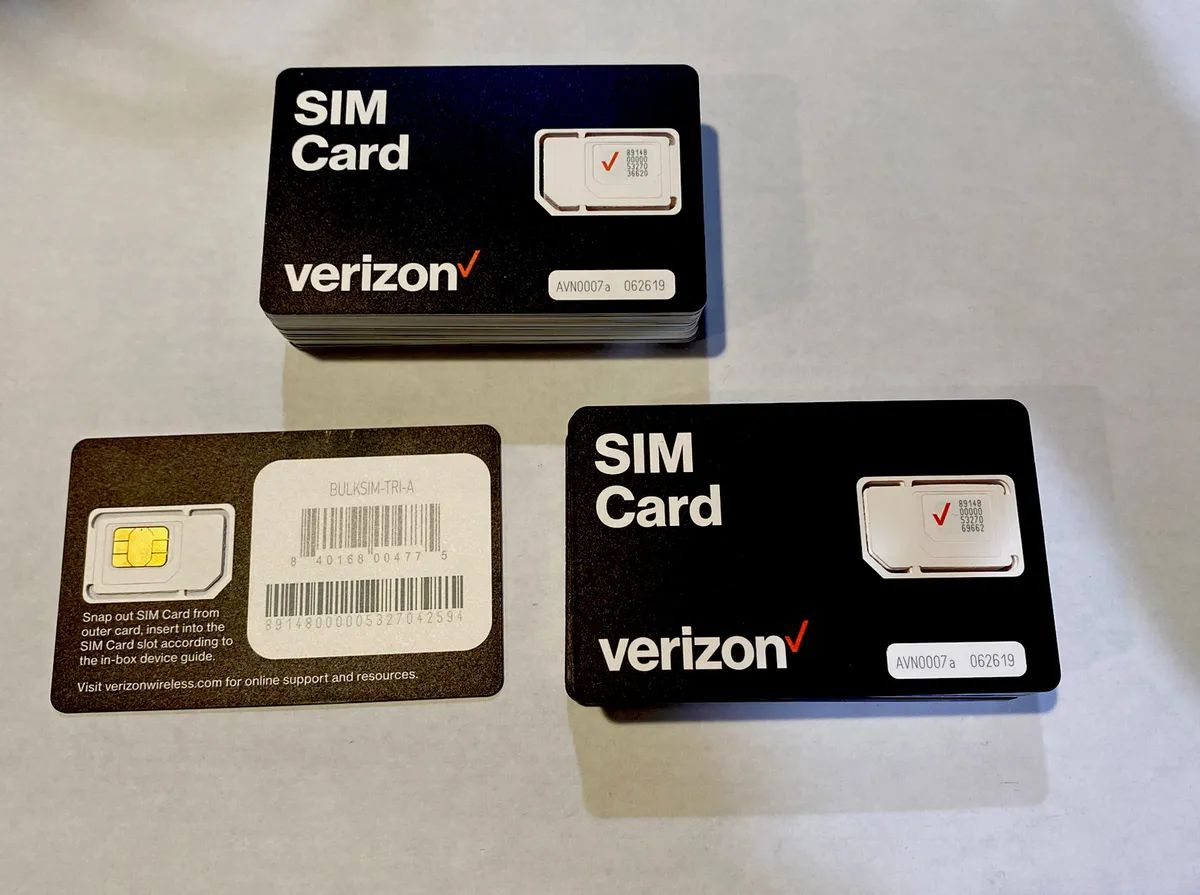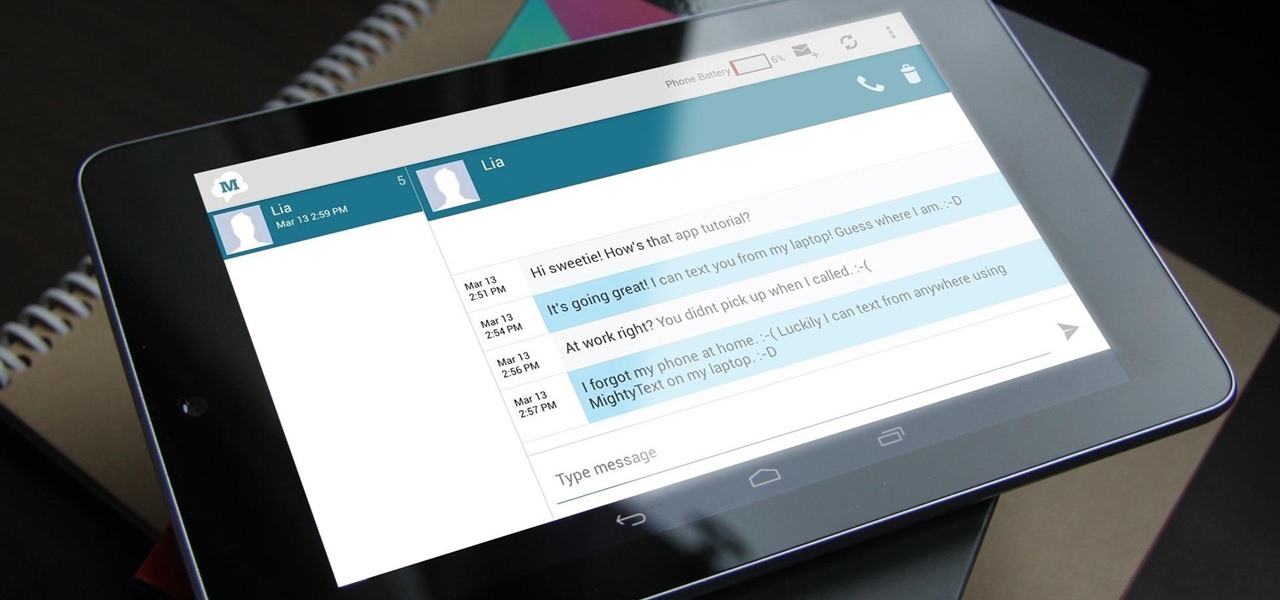Introduction
The Subscriber Identity Module, commonly known as the SIM card, is a small, yet powerful, component that plays a pivotal role in mobile communication. It serves as the unique identifier for a mobile device, allowing users to connect with their network provider and access a wide array of services, including voice calls, text messages, and mobile data. Despite its diminutive size, the SIM card holds significant importance in the realm of telecommunications.
The length of SIM card numbers, often overlooked by the average mobile device user, is a crucial aspect of these tiny chips. Understanding the intricacies behind the length of SIM card numbers can provide insights into the underlying technology and the reasons behind the variations in these numerical sequences. This article aims to shed light on the significance of SIM card numbers and explore the factors that contribute to their varying lengths.
By delving into the structure and purpose of SIM cards, as well as the rationale behind the diverse lengths of their identification numbers, readers will gain a deeper understanding of this fundamental component of mobile communication. Whether you are a tech enthusiast, a curious consumer, or a professional in the telecommunications industry, unraveling the mysteries of SIM card numbers can offer valuable knowledge and a newfound appreciation for the intricacies of modern mobile technology.
What is a SIM Card?
A SIM card, or Subscriber Identity Module card, is a small, portable memory chip that serves as a fundamental component of mobile devices. It securely stores the unique identification information of the user, such as the International Mobile Subscriber Identity (IMSI) and the authentication key, which are essential for connecting to a mobile network. The SIM card also contains the user's phone number, allowing them to make and receive calls and messages.
Physically, SIM cards are typically small, ranging from the traditional credit card-sized SIM to the more recent nano-SIM and micro-SIM formats. Despite their size, these cards hold significant importance in the realm of mobile communication, as they enable users to access network services and authenticate their identity.
The primary function of a SIM card is to authenticate the user and their device on the mobile network, allowing them to access voice, data, and messaging services. When a user inserts a SIM card into a compatible device and powers it on, the device communicates with the network to establish a secure connection using the information stored on the SIM card.
Moreover, SIM cards are portable and can be easily transferred between compatible devices, allowing users to seamlessly switch between phones while retaining their mobile identity and network services. This flexibility is particularly valuable for individuals who upgrade to a new device or need to use multiple devices interchangeably.
In addition to its role in user authentication, the SIM card also stores contact information and text messages, serving as a personal repository of essential data. This feature enables users to carry their contacts and messages with them, regardless of the mobile device they are using.
In essence, a SIM card is the bedrock of mobile communication, providing users with a secure and portable means of accessing network services, authenticating their identity, and storing essential information. Its compact size belies its significance, as it plays a pivotal role in enabling seamless connectivity and communication in the modern digital age.
The Structure of SIM Card Numbers
The structure of SIM card numbers is a fascinating aspect of these tiny yet powerful chips. Each SIM card is uniquely identified by a series of numbers that serve as a digital fingerprint, distinguishing it from other cards in the network. These numbers are meticulously designed to fulfill specific functions and play a crucial role in enabling seamless mobile communication.
The primary components of a SIM card number include the Integrated Circuit Card Identifier (ICCID), the International Mobile Subscriber Identity (IMSI), and the Mobile Subscriber Integrated Services Digital Network Number (MSISDN).
The ICCID is a unique serial number that identifies the SIM card itself. It consists of 19 to 20 digits and is divided into several sections, each conveying specific information. The first part of the ICCID represents the Issuer Identification Number (IIN), which identifies the organization that issued the SIM card. The subsequent sections comprise the individual account number and a check digit for validation.
The IMSI, another integral part of the SIM card number, is a globally unique number that identifies the user within the mobile network. It comprises a Mobile Country Code (MCC), a Mobile Network Code (MNC), and a Mobile Subscriber Identification Number (MSIN). The MCC and MNC collectively identify the user's home network, while the MSIN uniquely identifies the user within that network.
The MSISDN, commonly known as the phone number, is the number used to dial a mobile device for voice calls and text messages. It typically consists of a country code, an area code or network code, and the subscriber number.
The structure of SIM card numbers is meticulously designed to facilitate seamless communication and secure authentication within mobile networks. Each component plays a specific role in identifying the SIM card, the user, and the associated mobile device. Understanding the intricacies of these numbers provides valuable insights into the underlying technology that powers modern mobile communication.
In essence, the structure of SIM card numbers is a testament to the precision and sophistication of mobile telecommunications technology. These numerical sequences, while seemingly mundane, are instrumental in enabling the seamless connectivity and communication that have become integral parts of our daily lives.
The Length of SIM Card Numbers
The length of SIM card numbers is a critical aspect that distinguishes one card from another and plays a significant role in facilitating secure and reliable mobile communication. SIM card numbers vary in length based on the specific components they encompass, each serving a distinct purpose within the mobile network ecosystem.
The Integrated Circuit Card Identifier (ICCID), a fundamental component of the SIM card number, typically consists of 19 to 20 digits. This lengthy sequence is meticulously structured to convey essential information, including the Issuer Identification Number (IIN), individual account number, and a validation check digit. The ICCID's length is designed to accommodate these distinct sections, ensuring that each SIM card is uniquely identified within the network.
In contrast, the International Mobile Subscriber Identity (IMSI) is a globally unique number that identifies the user within the mobile network. It comprises a Mobile Country Code (MCC), a Mobile Network Code (MNC), and a Mobile Subscriber Identification Number (MSIN). The length of the IMSI varies based on the specific country code and network code, resulting in a diverse range of numerical sequences that uniquely identify users within their respective networks.
Furthermore, the Mobile Subscriber Integrated Services Digital Network Number (MSISDN), commonly known as the phone number, also contributes to the overall length of the SIM card number. The MSISDN typically includes a country code, an area code or network code, and the subscriber number, resulting in varying lengths based on the specific numbering plan utilized in different regions.
The length of SIM card numbers, therefore, reflects the intricate nature of mobile telecommunications and the diverse components that collectively enable seamless connectivity and communication. These numerical sequences, despite their varying lengths, are meticulously designed to fulfill specific functions, ensuring the secure authentication of users and devices within the mobile network.
In essence, the length of SIM card numbers is a testament to the meticulous design and complexity of mobile communication technology, underscoring the precision with which these numerical sequences are structured to facilitate seamless connectivity and reliable user authentication within the global mobile ecosystem.
Why Do SIM Card Numbers Vary in Length?
The variation in the length of SIM card numbers is a direct result of the diverse components and functionalities encapsulated within these numerical sequences. Each component, including the Integrated Circuit Card Identifier (ICCID), the International Mobile Subscriber Identity (IMSI), and the Mobile Subscriber Integrated Services Digital Network Number (MSISDN), contributes to the overall length of the SIM card number, reflecting the intricacies of mobile telecommunications and the need for unique identification within the network.
The Integrated Circuit Card Identifier (ICCID), with its 19 to 20-digit length, is structured to accommodate essential information, including the Issuer Identification Number (IIN), individual account number, and a validation check digit. This comprehensive structure ensures that each SIM card is uniquely identified within the network, thereby necessitating a longer numerical sequence.
The International Mobile Subscriber Identity (IMSI), comprising a Mobile Country Code (MCC), a Mobile Network Code (MNC), and a Mobile Subscriber Identification Number (MSIN), varies in length based on the specific country code and network code. This variability reflects the diverse global landscape of mobile networks and the need to uniquely identify users within their respective networks, resulting in a range of IMSI lengths.
Furthermore, the Mobile Subscriber Integrated Services Digital Network Number (MSISDN), commonly known as the phone number, also contributes to the overall length of the SIM card number. The inclusion of a country code, an area code or network code, and the subscriber number results in varying lengths based on the specific numbering plan utilized in different regions, further adding to the diversity of SIM card number lengths.
In essence, the varying lengths of SIM card numbers are a testament to the intricate design and functionality of these numerical sequences within the mobile network ecosystem. The unique requirements of user identification, network differentiation, and global compatibility necessitate the diverse lengths of SIM card numbers, reflecting the complexity and precision with which mobile communication technology is engineered.
The length variation in SIM card numbers underscores the adaptability and robustness of these tiny yet crucial components, serving as the digital fingerprints that enable secure and reliable mobile communication on a global scale.
Conclusion
In conclusion, the length of SIM card numbers is a multifaceted aspect of these essential components that underpin modern mobile communication. The intricate numerical sequences, encompassing the Integrated Circuit Card Identifier (ICCID), the International Mobile Subscriber Identity (IMSI), and the Mobile Subscriber Integrated Services Digital Network Number (MSISDN), serve as digital fingerprints that uniquely identify users, devices, and networks within the mobile ecosystem.
The varying lengths of SIM card numbers reflect the diverse functionalities and specific information encapsulated within each component. The Integrated Circuit Card Identifier (ICCID), with its 19 to 20-digit length, is meticulously structured to convey essential information, ensuring the unique identification of each SIM card within the network. Similarly, the International Mobile Subscriber Identity (IMSI) and the Mobile Subscriber Integrated Services Digital Network Number (MSISDN) contribute to the overall length of SIM card numbers, reflecting the need for global uniqueness, network differentiation, and user identification.
Understanding the intricacies behind the length of SIM card numbers provides valuable insights into the precision and complexity of mobile telecommunications technology. These numerical sequences, despite their seemingly mundane nature, play a pivotal role in enabling seamless connectivity, secure authentication, and reliable communication on a global scale.
As we continue to witness the rapid evolution of mobile technology and the proliferation of connected devices, the significance of SIM card numbers remains paramount. Their lengths, varying based on specific country codes, network codes, and numbering plans, underscore the adaptability and robustness of these tiny yet crucial components.
In essence, the length of SIM card numbers is a testament to the meticulous design, adaptability, and global relevance of mobile communication technology. By unraveling the mysteries behind these numerical sequences, we gain a deeper appreciation for the sophistication and precision that underlie the seamless connectivity and communication that have become integral parts of our daily lives.







